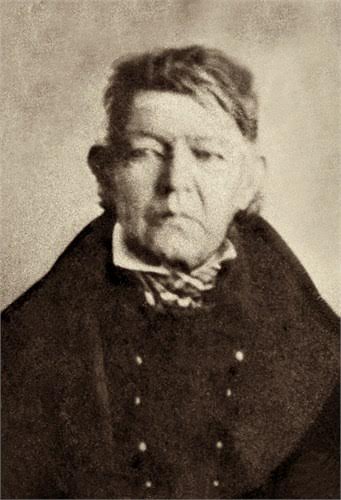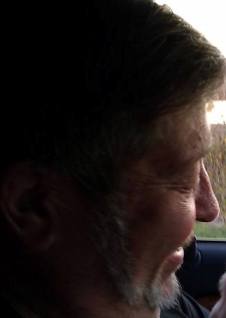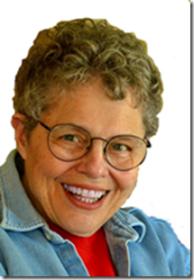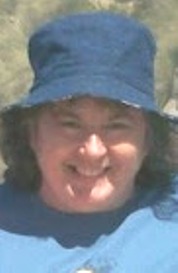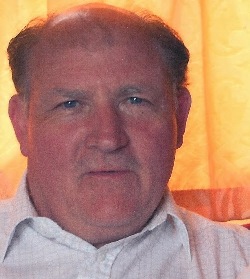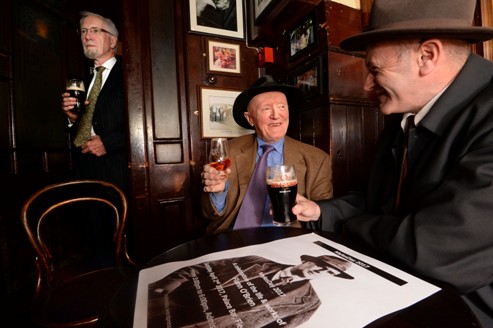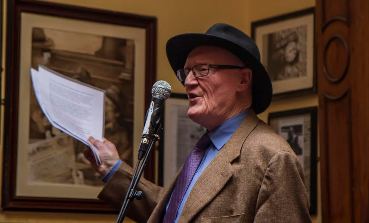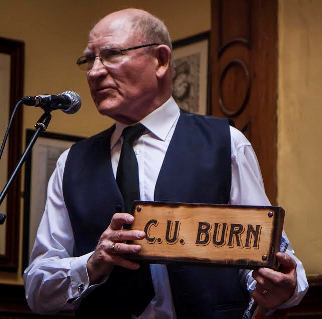
A Much Maligned Man:
Sidney Washington Creek
Born: 13 January 1832 in Liberty, Clay County, Missouri
Died: 12 September 1892 in Liberty, Clay County, Missouri
Sidney Washington Creek was the fourth child, third son
born to Jacob “Howdyshell” (Haudenscheldt) Creek and his wife, Virginia
Lee Younger. There were 16 pregnancies for Virginia Creek, four of
those pregnancies ending with the heartbreaking death of the child.
The Creek family settled in Clay County, Missouri,
early in its pioneer days. The progenitor of the Creek family who first
settled in Clay County was Abraham Creek (b. 31 Jan 1783 in
Pittsylvania, Virginia and d. 14 Oct 1859 in Clay County, Missouri) who
made the move from Barren County, Kentucky, in 1821. Abraham was a
first generation American, born to our Immigrant Ancestor, Killian Kreek
(believed original Germanic spelling Guilliam Grieg, anglicized upon
settling in America). He immediately assimilated into the business of
settling the little township and participated in the building of its
essential infrastructure. The following items appeared in the “History
of Clay County” documenting important events in the growth of the
county:
“Court Proceedings in 1826. In May the first steps were
taken to build a court house; Wm. Averett was allowed $30 per year for
the support of his insane son; and Abraham Lincoln (uncle of the "martyr
President"), Reuben Tillery and Abraham Creek were appointed reviewers
of a road from Liberty to Estes' mill, on Fishing river.”
It is believed Abraham, having served in the War of
1812, made the move in response to the government’s enticement to move
the population centre Westward by providing recompense to its fighting
men in the form of Land Warrants in the western part of the country. The
historic association with the Lincoln family, working side by side with
the paternal uncle of President Abraham Lincoln, is noted with pride by
the author.
Abraham Creek
The families of Lincoln, Todd, and Creek were the
pioneering families whose efforts formed the community and shaped the
underlying philosophy of self-government, industrious community effort,
bravery, and courage in the face of extreme adversity. Another extract
from the same publication paints a broader picture of the closeness of
these historic American families and that of Thomas Jefferson, as well:
“From the History of Clay County, Missouri (Author: William
H. Woodson, published by Historical Publishing Company, Topeka -
Indianapolis, 1920.)
The ?rst circuit court was held in Clay County at the house of John
Owens, in Liberty, March 4, 1822. David Todd, an uncle of the wife of
Abraham Lincoln, who was Mary Todd, was judge; William L. Smith, clerk;
Hamilton R. Gamble, circuit attorney, and John Harris, sheriff. William
L. Smith was born in a northern state, a man of education and of many
accomplishments, popular with the people, and held this office until
1831, when he resigned the o?ice. Hamilton R. Gamble was a Virginian,
born in 1798; came to St. Louis in 1818, came to Old Franklin in 1819,
was circuit attorney in 1822, secretary of state in 1824, supreme judge
in 1851, and in 1861, on the ?ight of Governor Claiborne Fox Jackson
from Jefferson City, was made provisional governor of Missouri. He died
in 1864. John Harris was a lineal descendant of Mary Jefferson, sister
of Thomas Jefferson; Mary Jefferson married Col. John Turpin and her
daughter, Obedience, married Col. John Harris. Very little business was
transacted at this term of the circuit court as it was in session only
two days. The grand jurors for the term were Richard Linville, foreman;
Zachariah McGree, Benjamin Sampson, Robert Y. Fowler, Zachariah Averett,
Howard Averett, John Ritchie, James Munkers, John Evans, Thomas Estes,
Andrew Robertson, Richard Hill, David Magill, Walker McClelland, Robert
Poage, Samuel Tilford, David Gregg, William Allen, Elisha Hall and James
Williams. There are many descendants of the men who constituted this
grand jury now residents of Clay County.
The next term of the circuit court was in July following, and only one
jury trial, that of the State vs. Jonathan Camron, who had been indicted
for affray. A jury of twelve good and true men were selected to try the
defendant; they were Abijah Means, Richard Chaney, Abraham Creek, John
Bartleson, James Gladden, Francis T. Slaughter, Enos Vaughn, Andrew
Copelin, John Carrell, Matthew Averett, Eppa Tillery and Samuel Magill,
who after hearing the evidence, instructions of the court, and arguments
of counsel, retired, but soon returned with a verdict, “We, the jury,
?nd the defendant not guilty”.
[Extracted by Melinda Cohenour from the book on September 29, 2014.]
On 26 September 1852, Sidney wed Lucinda Estes. The
reverend John May officiated at the marriage. This union produced a
large number of children and, as with so many families in these early
days, a number of these children did not survive to adulthood. We do
know that at the time of Lucinda Estes Creek’s impending death she
listed the following in her will: Charles (Jefferson) Creek, Georgia
Ann Franklin, Beau Creek, Jennie Hamilton, Dicey Parks, Sallie Parks,
Emma Johnson, and Lillie Creek. At that time, young Lillie was still at
home and had not reached the age of eighteen. Provisions were made for
her care until such time as she attained the age of majority. (A few
mysteries appeared in the Will, causing even the Probate Court crew to
scratch their heads. Much research has, hopefully, ironed out those
peculiarities as well.)
Thus far, in the life of Sidney Washington Creek, most
of his experiences had been pleasant – a loving family, comfortable
home, prosperous farming, marriage to the love of his life and the start
of his own family. Notwithstanding the loss of his babies, life had
been good. But life has a way of banking sharply against obstacles and
disrupting the flow of “milk and honey.” Thus would be the experience of
Sidney Creek.
The second half of Sid’s story will be told in the next
column by this author. This will be a story that has intrigue,
deception, violence, and every emotion known to man.
Click on author's byline for bio and list of other works published by Pencil Stubs Online.







